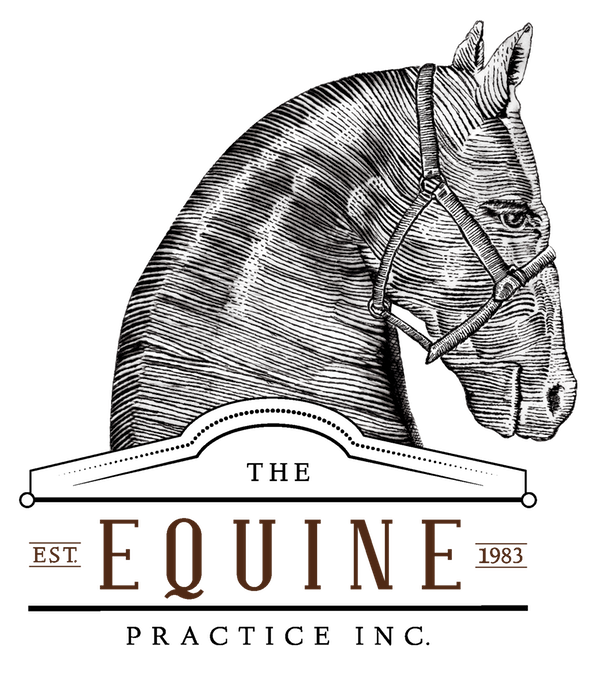Fun Definitions Of Things In Your Horse’s Mouth
These descriptions that I’ve coined relate to some anatomical irregularities of a horse’s cheek teeth. If they are not addressed, sources of pain may continue to exist in the horse’s mouth. I have never been a big fan of complicated words.
Every person who floats horse teeth needs to address everything that brings discomfort inside the mouth of the horse. It is not rocket science but requires knowing the small things I discuss here.
Nooks and Crannies, Lumpy-Bumpies

“Nooks and crannies” describe very small pockets along the edge of the tooth where it should be smooth. Think of a serrated sharp-edged knife like a bread knife. The small, sharp edge of the teeth is like that knife. This edge is difficult to file because of these irregularities, which are more pronounced in young horses. I call these prominent nooks and crannies of young horses “lumpy bumpies.”
Swales
The “swale” is a low area, or trough, in many horses in the middle of the lower and upper jaws. Often confused with a “Wave Mouth” or a “Ramp” of the last lower cheek tooth, it usually affects the chewing surfaces of the lower jaw and the cheek sides of the upper jaw. The teeth in this area are much sharper than any other tooth in the mouth. I suspect the movement of the tongue in positioning the food and cleaning the mouth wears these areas more aggressively. Smoothing these areas requires extra effort and is often missed by inexperienced floaters. Remember, the goal is to remove all causes of discomfort.

Hooks
Hooks occur when a tooth has no opposing tooth to wear the tooth down to the level of the surrounding teeth. The common cause is an overbite or underbite, which is easily seen by parting the lips to determine if the incisors are lined up. A parrot or sow mouth, which differs from over- and under-bites, only affects the incisors but does not affect the cheek teeth or cause hooks. An overbite will shift all the teeth so hooks will form on the 1st upper cheek teeth – even on the caps – and, after six years of age, on the last lower cheek teeth.



The lower back hooks can prevent the mouth from fully and comfortably closing, like trying to close a door with a rock or shavings on the hinge side. Tight bridle nose bands preventing the mouth from opening accentuate the problem, especially when drawing the head down (flexing at the poll). The horse usually resists and can even violently flip his head up. If only one large hook exists at one of the last lower cheek teeth, it will cause a bridled horse to have difficulty turning to that side.
Old Horse Tooth
Old horse tooth usually occurs in horses older than 17 years. At this age, the first lower cheek teeth run out of the normally hard tooth enamel. The softer material is exposed to the continual tongue movement. Like the old barbers who sharpened their razors on a leather strap (a strop), the tongue sharpens these teeth to a razor’s edge. Often, in horses older than 30 years, these are the only teeth that need attention.
To visualize old horse tooth, think of a water bucket. Imagine this bucket’s top being solid, representing the normal chewing surface. But if the surface has a significant depression, a chunk is removed from the bucket edge, or both, this represents “old horse tooth” wear with razor-sharp edges. The sharp edge can prevent the tongue from moving freely and is often the cause of older horses spilling food. It is also common to see this tooth level with the gums, and in some, the tooth is ejected as an “end-stage tooth” removed with my fingers.
